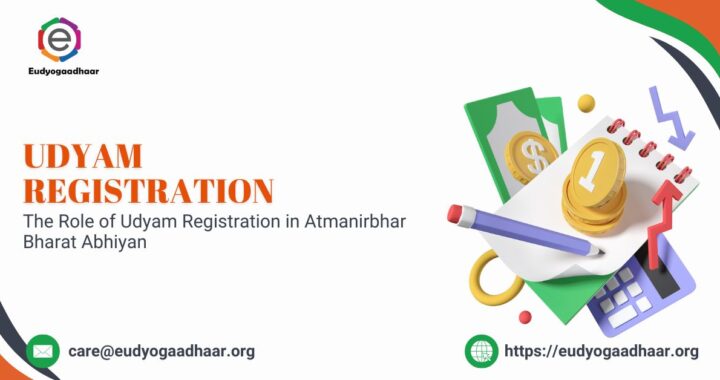What are the most effective methods for opiate addiction treatment currently available?

Opiate addiction is a severe and challenging condition that affects millions of people worldwide. Effective treatment is crucial for helping individuals overcome addiction and reclaim their lives. Fortunately, there are several proven methods for opiate addiction treatment that offer hope and recovery. This article explores the most effective treatments available today, providing a comprehensive overview of options for those seeking help.
Medication-Assisted Treatment (MAT)
Medication-Assisted Treatment (MAT) combines medications with counseling and behavioral therapies to treat opiate addiction treatment . This method has proven highly effective in reducing withdrawal symptoms and cravings, making it easier for individuals to focus on recovery. Common medications used in MAT include Methadone, Buprenorphine, and Naltrexone.
Methadone is a long-acting opioid agonist that helps reduce cravings and withdrawal symptoms without producing the high associated with opiate use. Buprenorphine is a partial opioid agonist that provides similar benefits with a lower risk of misuse. Naltrexone blocks the effects of opioids, preventing the high and discouraging use. MAT is often used in conjunction with therapy to address the psychological aspects of addiction.
Behavioral Therapies
Behavioral therapies are a cornerstone of opiate addiction treatment. These therapies help individuals change their attitudes and behaviors related to drug use, develop healthier life skills, and maintain long-term recovery. Common types of behavioral therapies include Cognitive-Behavioral Therapy (CBT), Contingency Management (CM), and Motivational Interviewing (MI).
Cognitive-Behavioral Therapy (CBT) helps individuals recognize and change negative thought patterns and behaviors that contribute to addiction. Contingency Management (CM) uses positive reinforcement, such as rewards, to encourage sobriety and reinforce healthy behaviors. Motivational Interviewing (MI) is a client-centered approach that helps individuals find the motivation to make positive changes in their lives. These therapies can be used individually or in combination, depending on the needs of the patient.
Inpatient and Outpatient Rehabilitation Programs
Rehabilitation programs provide structured environments for individuals to focus on recovery. Inpatient rehabilitation programs offer 24-hour care in a residential setting, making them ideal for those with severe addiction or co-occurring mental health disorders. These programs typically last from 28 days to six months and include a combination of medical care, counseling, and support groups.
Outpatient rehabilitation programs allow individuals to live at home while receiving treatment. These programs are more flexible and suitable for those with less severe addiction or those who have completed inpatient treatment. Outpatient programs often include similar services as inpatient programs, such as counseling, group therapy, and medical care, but on a less intensive schedule.
Support Groups
Support groups play a vital role in opiate addiction treatment. These groups provide a sense of community and shared experience, helping individuals feel less isolated and more understood. It offers peer support and a structured approach to recovery. SMART Recovery focuses on self-empowerment and uses evidence-based techniques to help individuals manage their addiction.
Conclusion
Effective opiate addiction treatment requires a comprehensive approach that addresses both the physical and psychological aspects of addiction. Medication-Assisted Treatment (MAT), behavioral therapies, inpatient and outpatient rehabilitation programs, and support groups are among the most effective methods available today. By combining these treatments, individuals can achieve lasting recovery and improve their quality of life.

 Virginia Business Blueprint: How to Kickstart Your Entrepreneurial Journey
Virginia Business Blueprint: How to Kickstart Your Entrepreneurial Journey  The Role of Udyam Registration in Atmanirbhar Bharat Abhiyan
The Role of Udyam Registration in Atmanirbhar Bharat Abhiyan  Mango Costs in Pakistan 2024: A Total Diagram
Mango Costs in Pakistan 2024: A Total Diagram  Why Professional Power Management Can Make or Break Your Event
Why Professional Power Management Can Make or Break Your Event  Experience The Thrill Of Zipline Dubai With Captain Dunes
Experience The Thrill Of Zipline Dubai With Captain Dunes  Exploring London’s Best Butcher Shops
Exploring London’s Best Butcher Shops  Enhance Your Shop Appeal with Sydney’s Best Carpentry Services
Enhance Your Shop Appeal with Sydney’s Best Carpentry Services  A Detailed Look at the Features of the LEGO Technic Mars Crew Exploration Rover
A Detailed Look at the Features of the LEGO Technic Mars Crew Exploration Rover